A Step By Step Guide For Concrete Installation
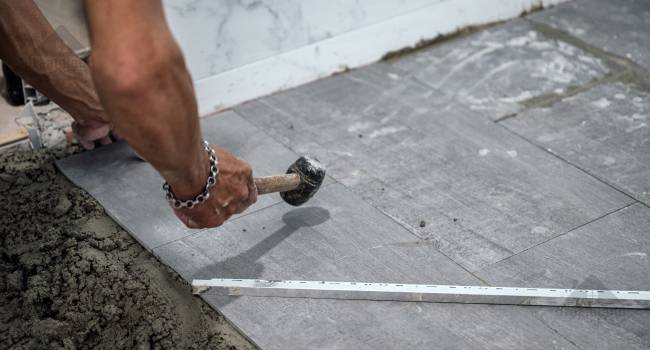
At times of a pandemic, it is sometimes difficult to get concrete contractors for installations at minor parts of our house. Concrete installations have always been projected as this intimidating task that can only be done by experts with advanced tools, and although it is not completely false; it is also not that difficult to manage.
With some help and some not-so-advanced tools, and a clear step-by-step guide of concrete installation, you can actually get the work done without much difficulty.
To help you even further, I am putting down a full elaboration of how to install concrete.
Steps Of Concrete Installation For Beginners And More
The first thing we will discuss is a do-it-yourself concrete installation for beginners, and then we will be proceeding to the next part which will include some other concrete installation methods and answering of queries.
Follows these steps for the installation.
How Do You Prepare Ground For Concrete?
Before you pour the concrete mixture in the area, you have to clean the area for concrete patio installation. This is done so that no heaving creates from the residue. These generally are soil, grass, tree roots, scrubs, old concrete.
Earthmoving equipment accelerates the method, especially for giant pores. Then, put and pack down the sub-base to fill with gravel, unless the soil is extremely compact and rigid.
Formation
Once the base is ready the rest of formation for the concrete installation can be done. If you are concreting a residential area then you take wood forms, wood stakes or metals. Now, you will attach them around the place you want to concrete with nails or screws.
Make sure that this formation can be removed once the concrete has hardened. They should also be in a good condition to provide an appropriate curve for drainage and the concrete paver installation has distinct corners.
Mixing
If you’re using plastic concrete from a hardware store, mix it with water according to the package directions. You can use a wheelbarrow and scoop to move small slabs, but being able to rent a concrete mixer can make the job easier.
If your concrete is delivered in a ready-mix truck, the disc on the bed of the truck will be rotating to keep the concrete from setting and hardening.
Placing The Concrete
Pour the wet concrete into the shapes till they are completely full. Whereas the wet material is being poured, move the concrete with shovels, rakes, and finally come along (special concrete rakes) to ensure there are no empty spaces or pockets of air.
In this step of concrete installation, make sure that the concrete is placed properly so that when dried the shape comes out perfectly.
Early Finishing Touch
Screed the top of the concrete with a large metal or wood board. Screeding aids in the compacting of the concrete, as well as the smoothing and leveling process. Then, using a float, compact the concrete even more, even out any high or low areas, and smooth it out.
Small hand-held floats work well for edges and detail work, while large bull floats work best for large areas. At the same time, use special hand tools to work control joints and edges into the concrete.
Broom Finish
Once most of the troweling (float or metal) is finished, the concrete can be finished. A “broom finish” is the most basic type of finish. A rough-textured surface is created by pulling a special broom across the concrete surface. To name a few, other types of finishes include stamped, textured, and smooth trowel.
Can You Float Engineered Wood Flooring Installation On Concrete Installation?
An engineered-designed wood flooring establishment on cement can be a magnificent decision if your subfloor is beneath grade. … Sticking functions admirably when you are introducing designed hardwood over a substantial subfloor, yet be certain you obviously comprehend the producer’s application directions before you stick to that floor.
Curing The Concrete
This is the last step of concrete installation and is the last finishing touch of curing. Allow the concrete to rest and cure (get hard). The curing process takes 28 days, with the first 48 hours being crucial.
Pertain a liquid chemical trying to cure and sealing compound to the concrete to help it cure slowly and smoothly, reducing cracking, curling, and surface darkening.
You can use your cement for light foot traffic for three to four days after placing the concrete pad installation, and you can start driving and parking on it five to seven days later.
Can You Concrete Directly On Dirt?
You ought not to pour concrete straightforwardly on the ground prior to setting up an appropriate substantial base. The base best practice is to completely set up the ground by evening out and compact the subgrade. Then, at that point, add a subbase of rock for extra burden backing of the last piece if necessary.
Do You Need Gravel Under Concrete?
In any concrete installation, regardless of whether you pour concrete for a walkway or porch, a solid rock base is needed to keep the surface from breaking and moving.
Rock is especially significant in dirt soil since it doesn’t deplete properly, which brings the water pooling beneath the solid piece in concrete installation, and gradually disintegrates the dirt as it has long-lasting depletion.
How Many Inches Of Gravel Do You Need For A Concrete Slab?
At Least 3 to 4 inches of gravel is required. More gravel is always better but three inches is the minimum amount.
What Kind Of Gravel Goes Under Concrete?
Rock pieces with sharp sides like 3/4-short rock lock together better compared to adjusting rock parts of a strong base. The rock ought to contain rock dust, which ties the stones further. Shower the rock with a light fog of water, barely enough to settle the rock dust.
Do You Put Plastic Down Before Pouring Concrete?
The sand layer can’t dry downwards by fume dispersion as a result of the plastic sheet, it is a fume obstruction after all things are considered. Indeed that is the reason we have it under the piece. We need a fume obstruction under the piece. We need to keep water fumes from coming up from the beginning.
What Is The Concrete Installation Cost?
The average cost is $3,000 apx
The highest cost is $14,000 apx
The lowest cost is $600 apx
That’s why doing it yourself is always good, however, if you are wondering how stamped concrete installation, or concrete tile roof installation is done. Then it is always best to call upon an expert in these cases.
Radiant Heat In Concrete Slab Installation?
Substantial piece establishment and one of the least difficult and most effective approaches in concrete installation is radiant heat. While it is straightforward, do it accurately. In case it isn’t, you can have a wrong warming framework that is wasteful, expensive to work, and may not work by any stretch of the correction.
To Conclude
I know the concrete installation is not an easy task because there is a lot of patience, tools, and methods that go behind it. However, with people stuck inside the house, we are learning to do most of the handiwork on our own.
If you are searching for ‘Concrete installation DIY’ then you have probably already decided to do it yourself, then I hope this article was of big help.
Read Also:






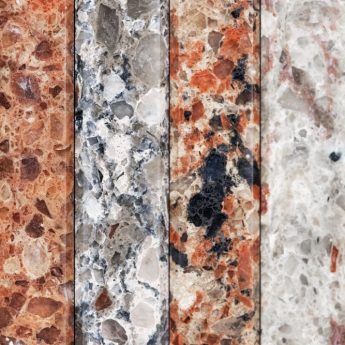
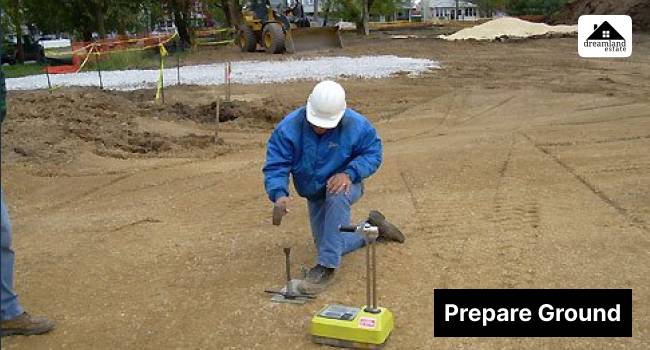



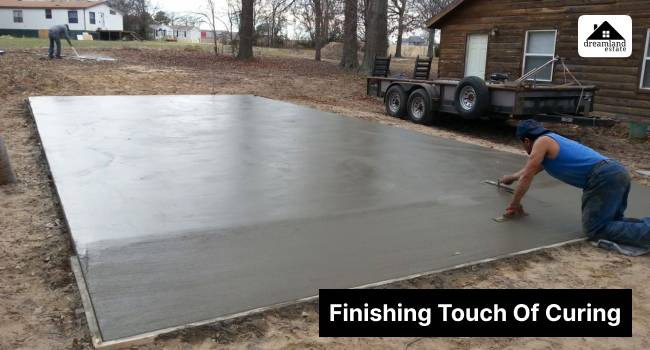
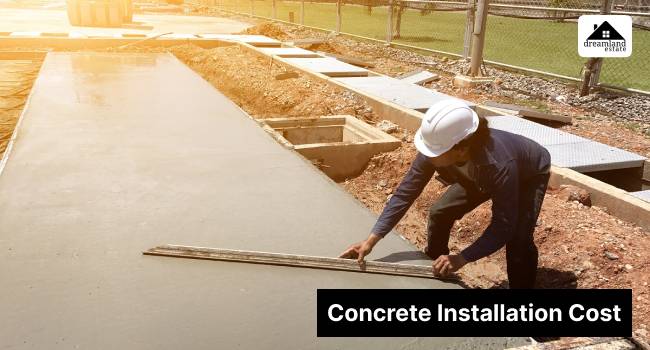




Leave A Reply